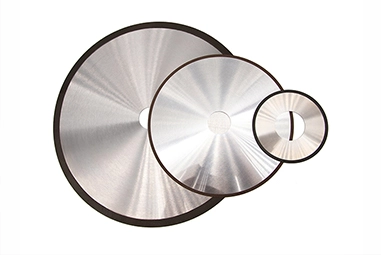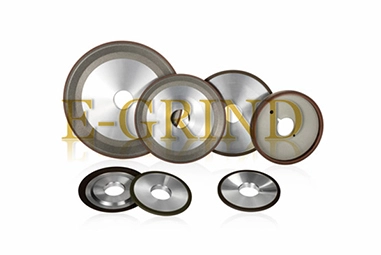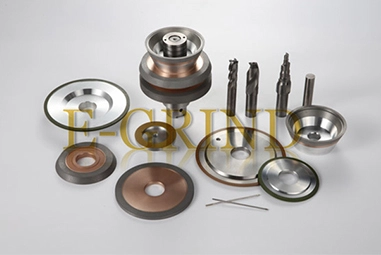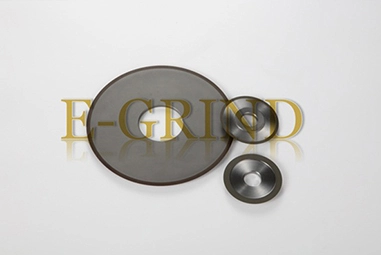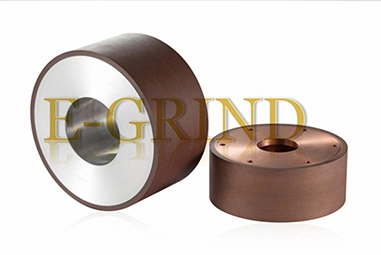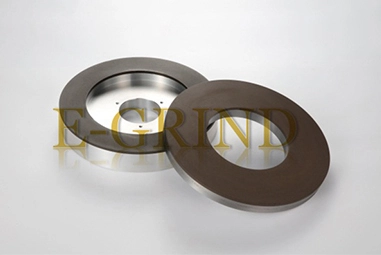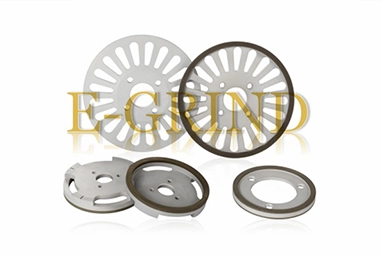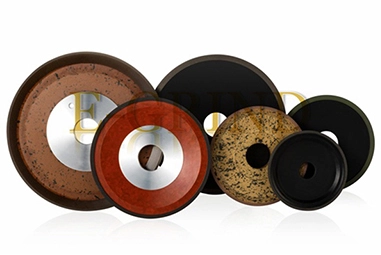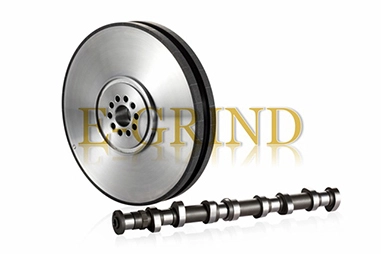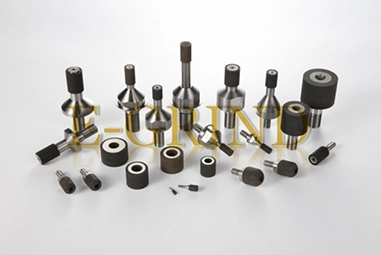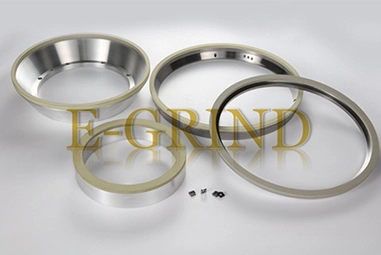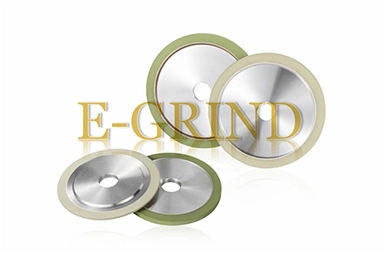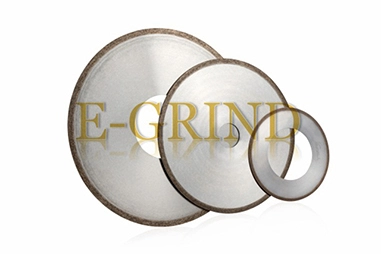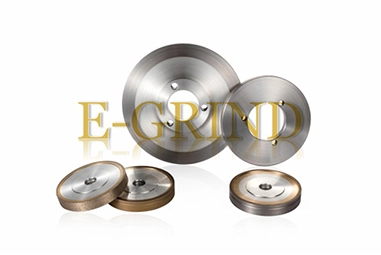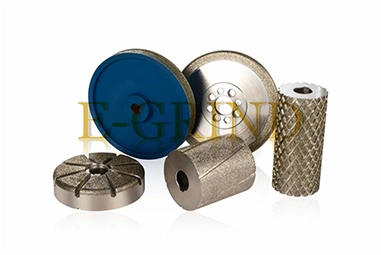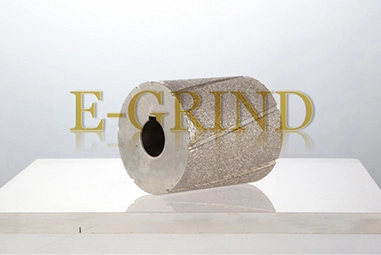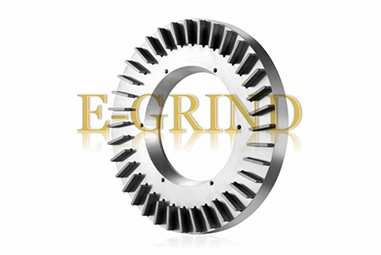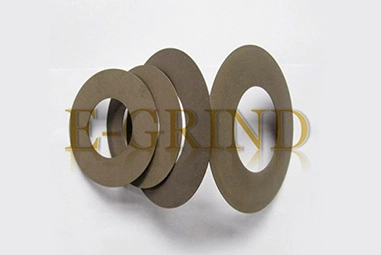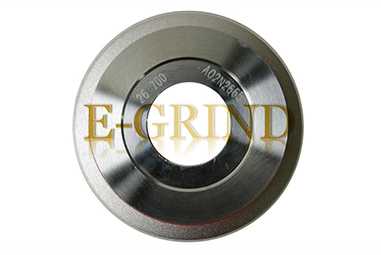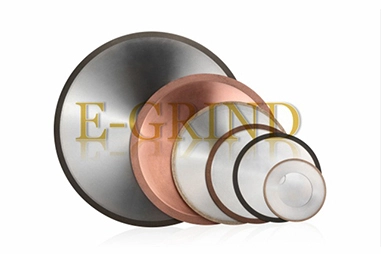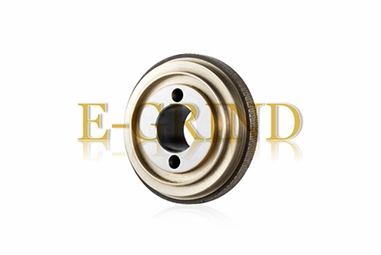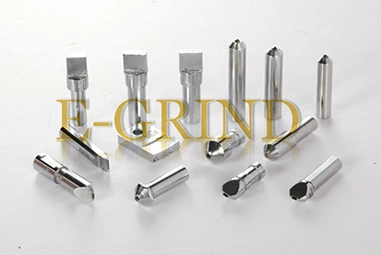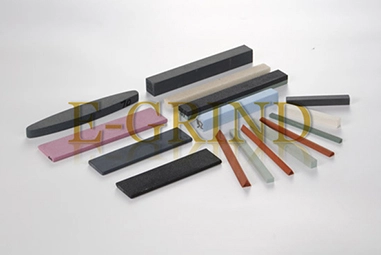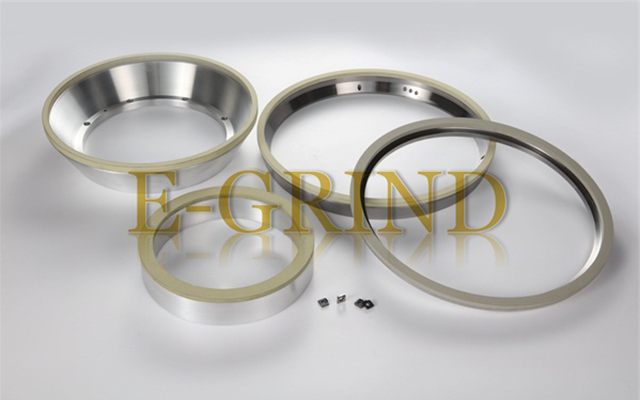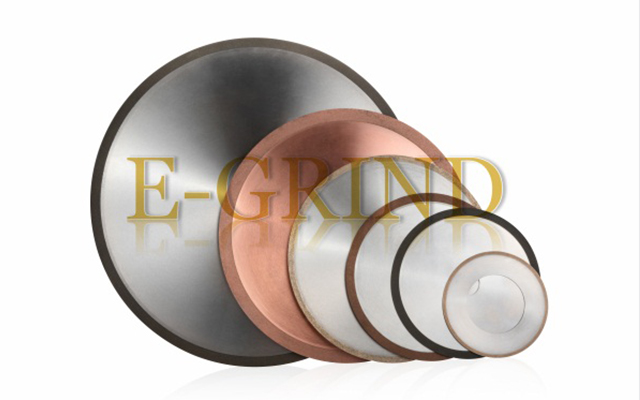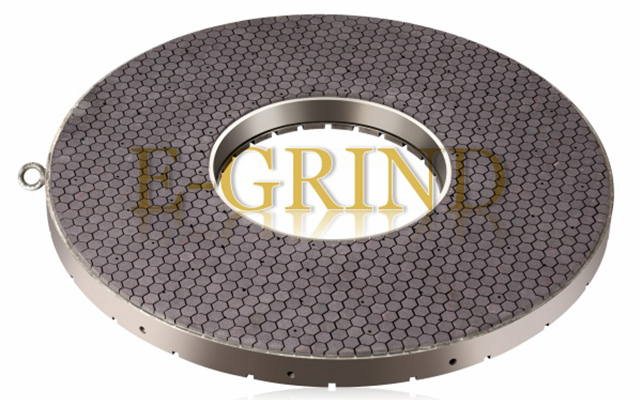Vitrified CBN (cubic boron nitride) tools have revolutionized the cutting and grinding industry, providing exceptional performance in demanding applications. Vitrified CBN, a composite material consisting of CBN abrasives and a vitrified bond, offers superior hardness, thermal stability, and resistance to wear. However, several factors influence the overall performance of vitrified CBN tools, affecting their efficiency, durability, and cost-effectiveness. In this blog, we will explore these factors and understand how they play a crucial role in maximizing the potential of vitrified CBN tools.
Composition of Vitrified CBN Tools
The performance of vitrified CBN tools heavily relies on the quality and composition of the composite material. The percentage of CBN abrasives and the type of vitrified bond greatly impact the tool's durability, cutting efficiency, and thermal resistance. The right balance between the CBN to bond ratio enhances the tool's hardness, ensuring excellent wear resistance even in high-temperature applications. An optimized composition helps in maximizing the tool life and reducing material costs, making the vitrified bond grinding wheel a cost-effective solution for a wide range of grinding applications.
Machining Conditions and Tool Geometry
To achieve the best results, it is crucial to consider the machining conditions, such as cutting speed, feed rate, and depth of cut. Cutting parameters should be carefully selected based on the workpiece material and tool design. High cutting speeds combined with proper coolant usage help dissipate heat generated during the cutting process, reducing tool wear and enhancing tool life. Additionally, the tool geometry, including rake angle and clearance angle, should be designed to provide efficient chip evacuation and reduce cutting forces, further optimizing performance.
Proper Tool Selection and Maintenance
Selecting the right vitrified CBN tool for a specific application is essential. Factors such as workpiece material, machining operations, and desired surface finish must be considered to ensure tool compatibility. Vitrified CBN tools are available in various shapes, sizes, and grit sizes, enabling their use in a wide range of industries like automotive, aerospace, and general machining.
Moreover, proper tool maintenance plays a crucial role in the long-term performance of vitrified CBN tools. Regular inspection, cleaning, and dressing of the tool's cutting edges help maintain their sharpness and precision. Additionally, periodic reconditioning or re-sharpening of the tools can restore their original cutting performance, prolonging their lifespan and maximizing cost-effectiveness.
To fully capitalize on the exceptional performance of vitrified CBN tools, several factors must be taken into account. The composition of the vitrified CBN material, machining conditions, tool geometry, proper tool selection, and maintenance all play a vital role in achieving optimal results. With the right understanding and application of these influencing factors, manufacturers and industrial professionals can unlock the full potential of vitrified CBN tools, enhancing productivity, reducing costs, and improving the overall machining process.


